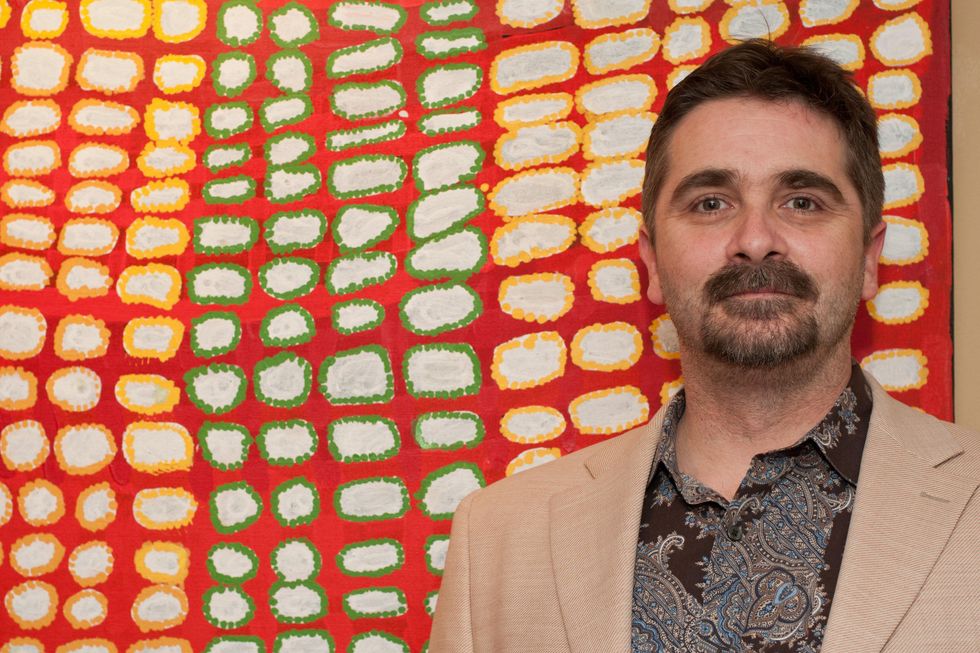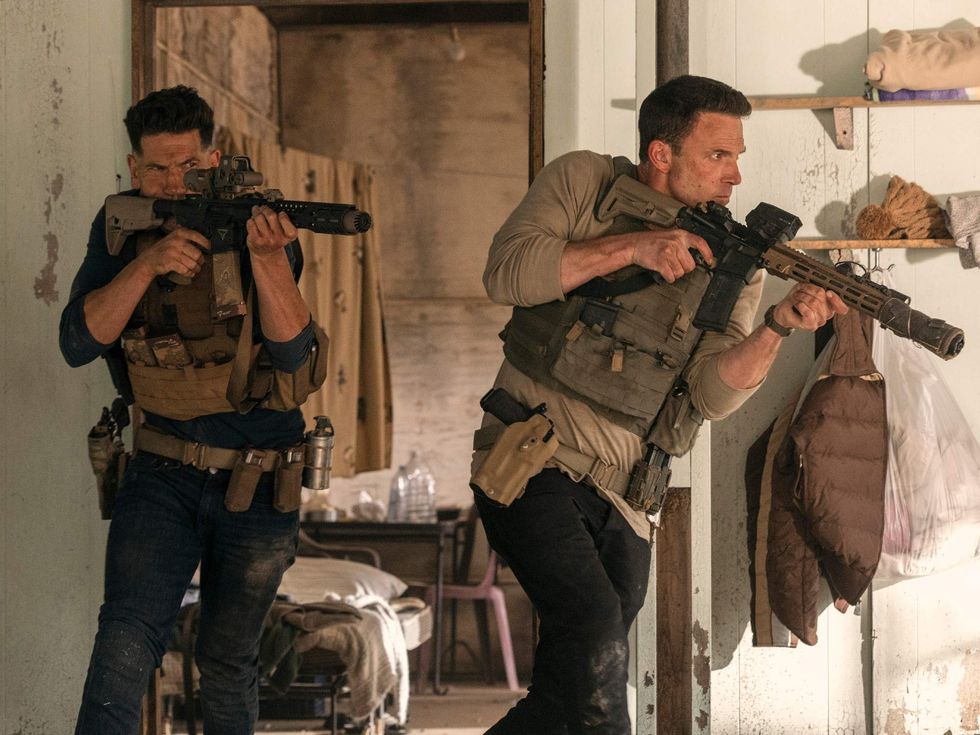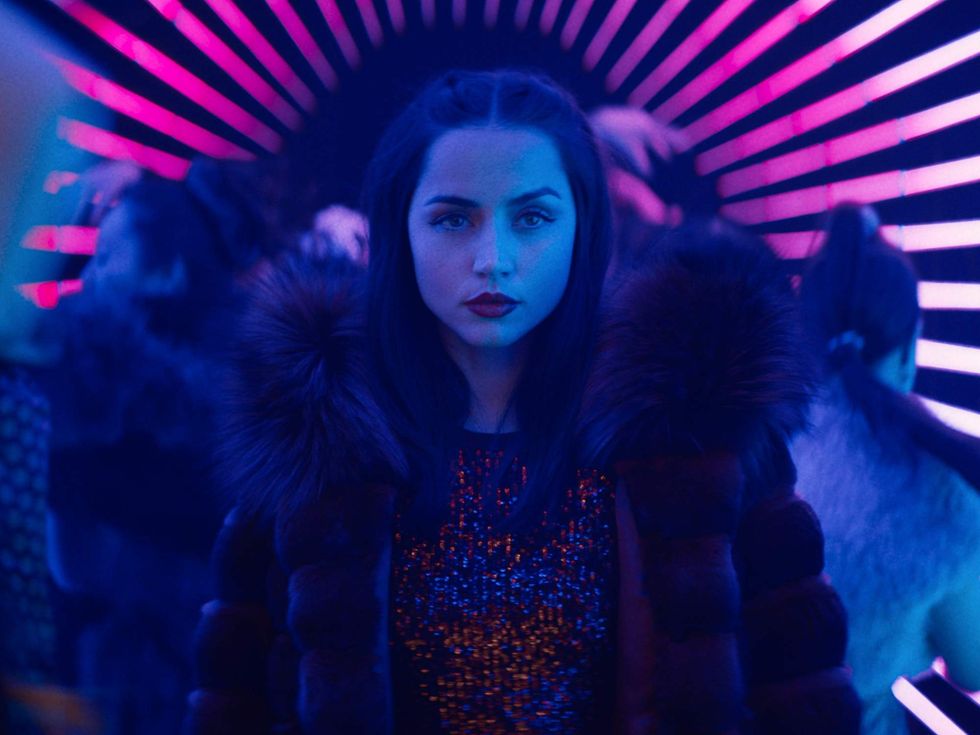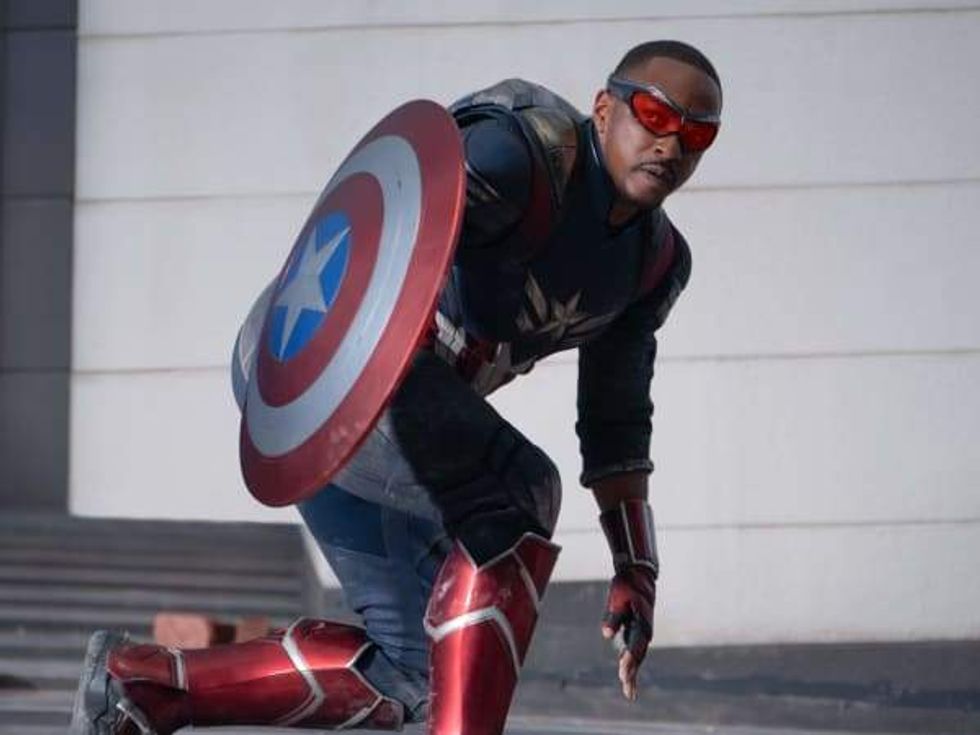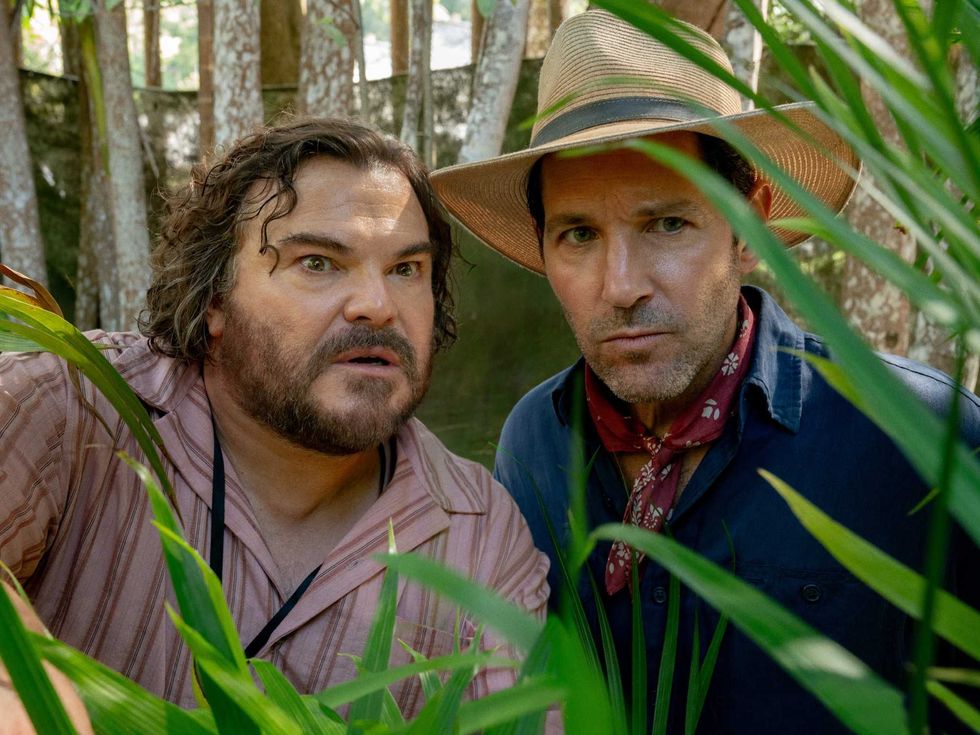The Naked Truth
iFest unveils its spotlight country — and it's not what readers thought
CultureMap readers were duped. When the Houston Festival Foundation released a photo that hinted at the spotlight country for the 44th annual iFest, administrators purposely sent an image that was intended to be a red herring.
The photo showed a shirtless man with longish dark hair banging away at a percussion instrument, which was correctly identified as a mridanga, a two-sided terra cotta drum popular in the Indian regions of West Begal, Assam and Manipur. Commenters surmised that India was the final destination — or Austin, as one prankster proposed.
But the picture, a representative of iFest notes, reflected the native attire of Australia. To which we say: What attire?
The Houston Festival Foundation was surely playing shenanigans.
At a launch event at Booker-Lowe Gallery, executive director Kim Stoilis unveiled the official poster for next year's festival, set for the weekends of April 26 and May 4, 2014. Chairing the festival is arguably one of the most valuable Australian expats to the Bayou City, Houston Ballet artistic director Stanton Welch.
"2014 is the anniversary of Houston's Sister City relationship with Perth," Stoilis said in a statement. "We look forward to highlighting this relationship as well as the arts, culture and history of Australia overall."

